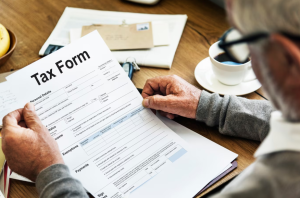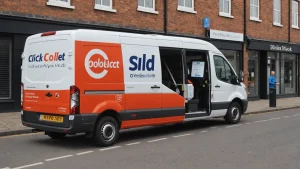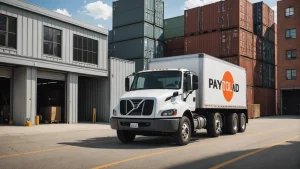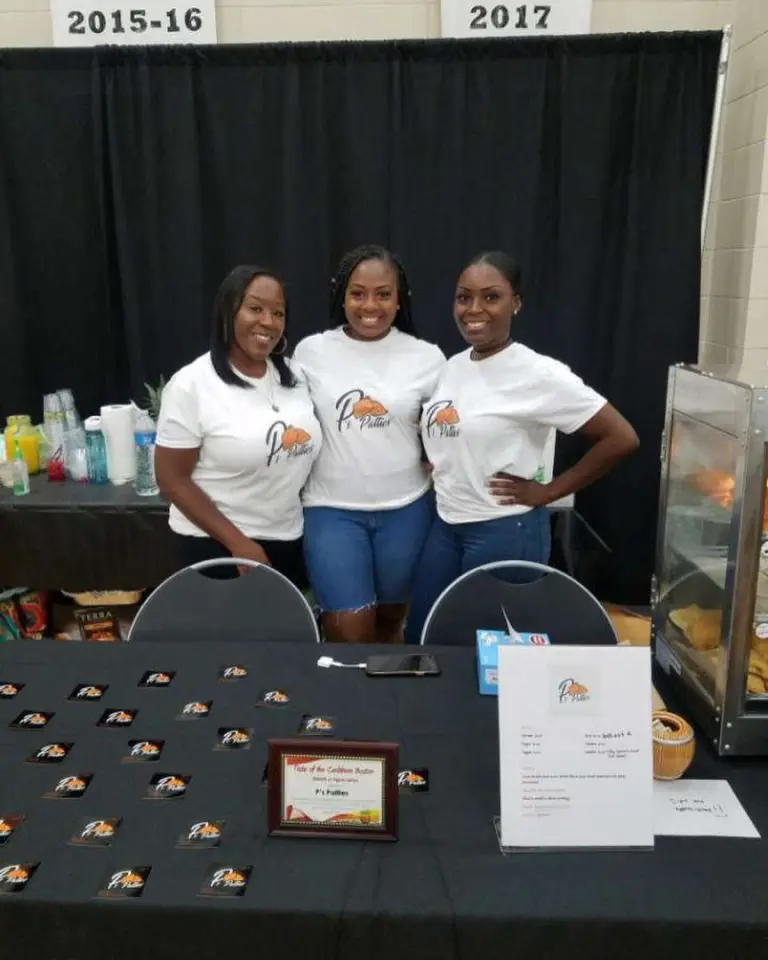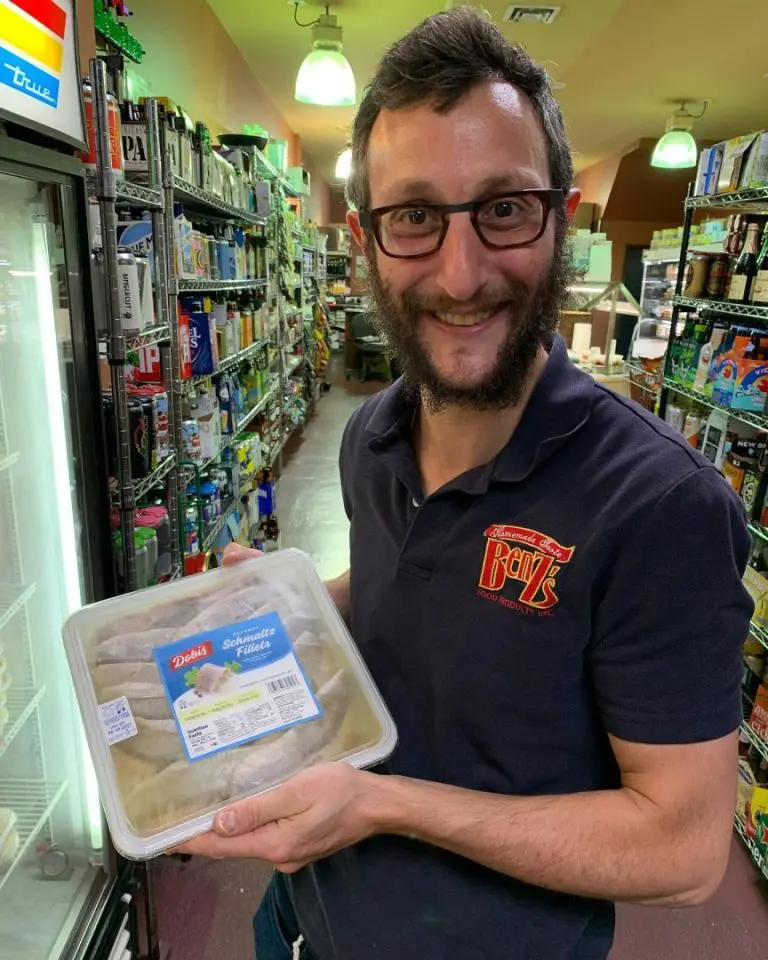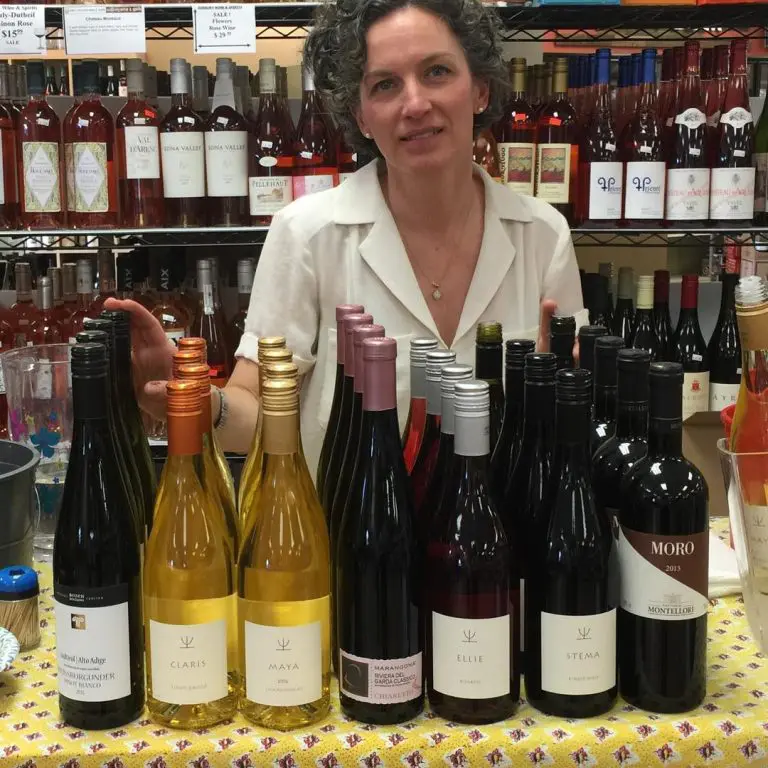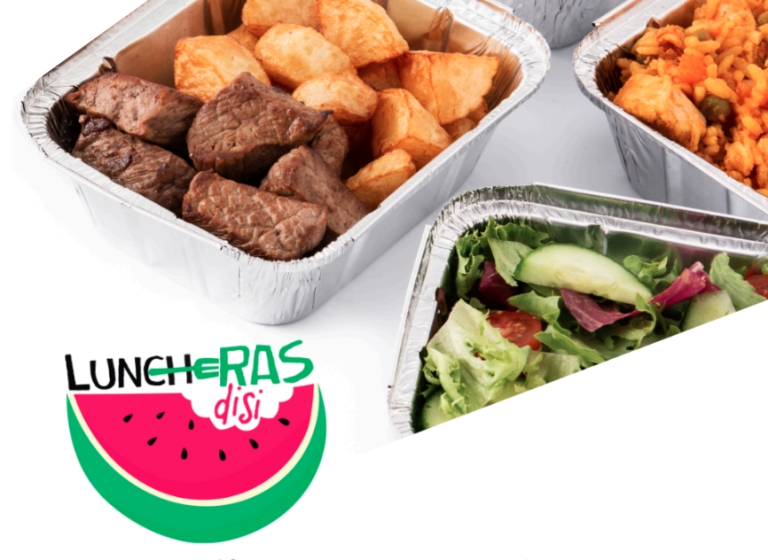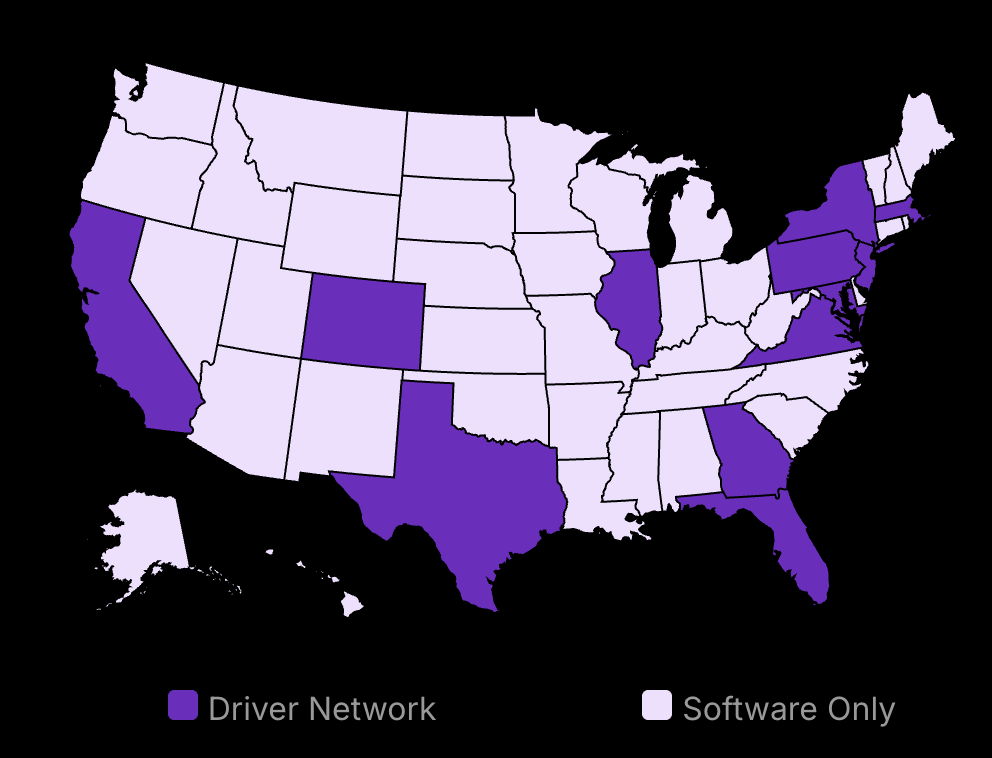In a world obsessed with global reach, the true goldmine lies right under your nose. Local customers. They’re not just walking wallets; they’re the beating heart of your business. But here’s the kicker: most business owners are leaving money on the table by ignoring the incredible potential of well-crafted rewards program ideas.
Picture this: It’s a quiet Tuesday afternoon. A customer walks into your shop, browses for a bit, then leaves empty-handed. Now rewind. What if that same customer had a compelling reason to make a purchase? What if they felt a genuine connection to your business?
That’s the magic of a smart rewards program.
But let’s be real. Creating a customer loyalty program idea that works isn’t easy. It’s not about slapping together a punch card and calling it a day. It’s about psychology, strategy, and a deep understanding of what makes your local customers tick. For those seeking guidance, our in-depth article on launching an effective loyalty programs can be a key resource. It dives into the nuances of developing a program that not only meets your business goals but genuinely connects with your customers.
You’re about to discover 10 game-changing rewards program ideas that will transform casual shoppers into die-hard fans. These aren’t your run-of-the-mill tactics. They’re proven strategies that tap into the unique power of local connection.

Save 80% of delivery management time
We handle everything:
- Dedicated operations manager
- Real-time tracking dashboard
- Automated customer notifications
- Urgent issue resolution
Understanding Customer Loyalty Programs
Loyalty programs are crucial for building strong customer bonds.
Clear goals and targeted customer segments are key to success.
Personalization increases program effectiveness.
Creating an effective customer loyalty program requires a clear understanding of why you’re building one and whom it targets. Programs focus their customer lifetime value on encouraging repeat business by rewarding customers for their loyalty. Now, how do we set the right goals and pinpoint the right audience? Let’s take a closer look.
How to Define Goals for Rewards Program Ideas
Establishing goals is the first step. What do you want your loyalty program to achieve? Do you want to focus on customer retention, boosting sales, gathering customer feedback, or perhaps all three? You should decide what you value most points-based loyalty program and align your goals with your business objectives.
Achieving Customer Retention
Retention is often one of the primary goals of loyalty programs. According to Jeffrey Gitomer, “Customer satisfaction is worthless. Customer loyalty is priceless.” This highlights the importance of focusing paid loyalty programs on keeping customers loyal rather than just satisfied. This can be done by offering rewards that incentivize repeat purchases, such as discounts or points that lead to free items.
Aligning Goals with Business Objectives
Ensure your loyalty program goals are consistent with your broader business objectives. If your business aims to expand into new markets, structure your customer loyalty program examples to gather insights on customer preferences in those areas. For a business focused on increasing average order values, a program offering rewards for larger purchases could help achieve this.
Identify Target Customer Segments
The next step is to identify which customer segments to target. Not all customers are equal. Some contribute more to your bottom line than others. You can use data to determine who these customers are and tailor your program to meet their needs. 90% of companies have some form of loyalty program. However, not all are effective, often because they fail to focus on the right audience.
Using Customer Data for Personalization
Personalized experiences are crucial. 80% of consumers say they’re more likely to do business with a company offering personalized experiences. You should dive into your customer data to identify patterns in purchasing behaviors and preferences. Personalization can range from offering tailored discounts to recommendations based on previous purchases, leading to increased engagement and loyalty.
Achieving Maximum Impact
To make the most impact, strategize which segment to focus on. If young adults make up the bulk of your customer base, your program should reflect their preferences. For instance, consider mobile-friendly or app-based programs, as these are often favored by younger demographics.
Understanding and implementing these foundational aspects of a loyalty program is critical. This sets businesses up for success, bringing them closer to creating a loyal customer base aligned with their goals, bringing us to the next step-based loyalty program: designing effective local business marketing strategies. For insights that dive deeper into creating a loyalty program that truly adds value to your business and resonates with your customers, check out our comprehensive guide on starting an effective loyalty program.
Designing Local Business Marketing Strategies
Boost local appeal with customized offers.
Engage the community through targeted social media.
Build partnerships with neighboring businesses.
Customizing Offers for Local Customers
Local businesses can stand out by tailoring rewards programs to the unique preferences of their community members. Imagine a coffee shop offering a free cup of coffee on a rainy day. This meets the local weather, creating a win-win scenario. These offers can transform a regular customer visit into a memorable experience, encouraging repeat buys.
Partnering with other local businesses can expand reach and offer a combined value. Suppose a gym teams up with a nearby smoothie bar, offering gym members discounts on refreshments. This partnership not only attracts their regular customers but also introduces each business to the other’s clientele. Cross-promotions can be a cost-effective way to enhance visibility and customers with successful loyalty programs.
Find Local Niches: Identify what your local customers love most. This can be grounded in community interests or cultural elements.
Partnerships on the Move: Align with businesses that complement your products. Share customer bases and double the impact.
Utilizing Social Media for Marketing
Social media has become a critical tool for businesses looking to connect with local communities. Using local hashtags and participating in community groups can boost engagement and a brand’s visibility.
Stories about customers can also create engagement. Sharing a customer’s journey with a product creates relatability and fosters a community spirit. For example, a local boutique might feature a customer’s wedding journey and how their service played a part. This not only builds trust and loyalty members but also keeps the business front and center in customers’ minds.
Local Hashtags Lead: Engage with your community by using hashtags that are trending locally.
Customer-Centric Campaigns: Feature stories that show how your product impacts real lives.
Building Customer Engagement Initiatives
Build excitement with member-only events.
Encourage spending with tiered rewards.
Grow loyalty by customizing incentives for local customers.
Host Exclusive Events for Members
Events tailored for loyalty program members can foster a strong bond between customers and your business. Start by designing events that are appealing to your core demographic. This could be a VIP sale, exclusive previews of new products, or a behind-the-scenes tour of your business. Create an experience that they can’t get anywhere else.
Planning and Promotion
Identify Goals: Decide if the event is for boosting sales, generating brand awareness, or expanding networks.
Choose a Venue: Depending on the event size, consider whether it should be in-store, at a local event space, or online.
Time and Date: Pick a convenient time for your target audience. Evening hours or weekends might draw more attendees.
Promote Strategically: Send personalized invites to members a month in advance. Use email and social media to create anticipation.
Running these events successfully often results in customers spreading the word, tying into Shiv Singh’s idea that businesses should create customers who create more customers. Membership events make current customers feel valued and eager to share their experiences.
Implement Tiered Reward Levels
Tiered rewards are effective in pushing customers to increase their spending in exchange for better benefits. Let’s break it down into actionable steps.
Structuring Tiers
Define Tier Levels: Start with basic, intermediate, and premium levels. Choose how many tiers you find manageable.
Set Spending Requirements: Clearly outline what customers need to spend to reach each level.
Develop Unique Benefits: Consider benefits like free shipping, early access to sales, or special discounts.
Communicate Clearly: Make sure customers understand what they gain by moving to a higher tier. Use your promotional materials to emphasize benefits.
Real-time customer engagement platforms can assess data to help personalize these offers effectively. These platforms analyze the data to make sure offers meet customer needs at the right moment, increasing both brand loyalty and spending.
Additional Incentive Programs to Gain Loyalty
To strengthen loyalty, implement diverse incentive strategies. Consider loyalty points, referral bonuses, exclusive benefits, or personalized discounts—all aimed at encouraging repeat purchases and customer retention.
Examples of Robust Programs
Point-Based Systems: Customers earn points for every purchase, which can be redeemed for future discounts or exclusive products.
Referral Programs: A simple program where existing customers get rewards for bringing in family or friends. This grows your customer base and enhances credibility from trusted sources.
Personalized Discounts: Offer discounts based on personal purchase history, fostering a sense of individual recognition.
Customer loyalty is about understanding and meeting their needs before they express them, echoing Steve Jobs’ principle of getting closer to your customers. This makes the customer journey smoother and more fulfilling.
Developing an Innovative Rewards System
Points systems make purchases worth more.
Referral rewards grow your network.
Simplified steps boost customer interaction.
Creating a rewards system that stands out requires innovative thinking and precise execution. Let’s break it down step-by-step.
Create a Point-Based System
A point-based system is the backbone of a successful customer loyalty program. It turns purchases into a game where spending money means earning points. Those points can lead to discounts, free products, or other perks.
Set Clear Guidelines
To start, It is better to set clear rules and define how customers earn points. Is it based on the amount spent, the number of visits, or specific products purchased? Explain this to your customers using simple language. Clear communication ensures everyone knows what to expect.
Understand Redemption Options
Once you’ve sorted out points, detail the redemption process. You can create options that offer real value and make sure customers can easily turn points into something tangible, like discounts or exclusive items. Keep it simple. Too many steps, and you’ll lose interest fast.
Enhance the Experience
Consider timing. You can offer real-time rewards to keep customers engaged. Research showed that companies using real-time rewards saw a 40% increase in engagement rates. When customers can see immediate benefits, they stay interested and continue to play the points game.
Launch a Referral Program
Referrals expand your customer base without excessive marketing costs. Happy customers can become ambassadors for your brand if you make it worthwhile.
Choose Reward Types
Decide on the right rewards to offer for referrals. Discounts for both referrers and newcomers work well. Some businesses use tiered rewards, where referring more friends unlocks better rewards. Find what suits your business and customer expectations.
Simplify the Process
People don’t like complex tasks, so keep this simple. You can give customers an easy way to track their referrals. It is better to use email, in-store, or a dedicated app. If tracking referrals becomes a hassle, customers won’t participate. Automation tools can help here by sending out reminders or referral links directly to potential new customers.
Monitor and Adjust Strategies
Track the success of your referral program continuously. You can use data analytics tools to measure which tactics work and which don’t. Adjust the basics like reward size or referral process based on data insights. Businesses that use data effectively typically see up to a 30% increase in customer retention.
By developing these systems, you offer your customers exclusive access to continuous value and build a network of dedicated patrons who are both spending and bringing in new business.
Advanced Tips for Enhancing Customer Loyalty Program
Be specific and direct in crafting offers.
Regular analysis informs better strategies.
Customer feedback can guide program improvements.
Personalization and Customer Preferences
Understanding and responding to customer preferences is crucial. Companies should mine their data to understand what customers like and purchase, then customize offers accordingly. By using purchase histories, businesses can offer deals that align directly with a customer’s past behavior. This approach ensures that promotions are relevant, increasing the likelihood of engagement. Consider using advanced analytics platforms like Amperity or Adobe Experience Cloud to get detailed insights.
Loyalty is also rooted in shared values, as Howard Schultz of Starbucks emphasized: “If people believe they share values with a company, they will stay loyal to the brand.” This is more about aligning promotions with what customers value. If a significant portion of your customer base is environmentally conscious, for example, environmentally-themed rewards can resonate deeply rewards customers. Doing this requires an understanding of not only customer behavior but also their values and ideals—something that can be further explored by reading “Business Model Generation” by Alexander Osterwalder and Yves Pigneur.
Monitoring and Iterating the Program
A good loyalty program isn’t static. Regular analysis of program performance metrics is essential. Break down data points—like engagement rates and point redemption ratios—into actionable insights. This requires a sophisticated setup, where KPI dashboards provide ongoing clarity. Modern systems such as IBM Watson or SAP’s Customer Experience Suite offer robust solutions. Emphasize agile methodologies, adapted from tech sectors, to ensure businesses can adapt quickly.
Customer feedback is invaluable in refining these programs. Create feedback loops where customers can share their thoughts frequently. You can use surveys, feedback forms, or even social media listening. This approach not only improves the system but can boost customer satisfaction as they see their opinions valued and acted upon.
Incorporating Feedback Loops
It’s critical to ensure that feedback loops are prominent. Engaging customers here matters. Offering simple avenues for feedback, whether through quick surveys or direct mailers with incentives for participation, can dramatically improve loyalty programs. Interpreting feedback is an art and needs careful balancing. Once insights are gained, they should be actionable—modifying program aspects like point accrual rates or reward options.
This aligns well with the agile mindset, as mentioned earlier, where business decisions react to actual data rather than gut feelings. The application of predictive and prescriptive analytics in this domain can also be explored in depth through the study of “Data Science for Business” by Foster Provost and Tom Fawcett. As programs evolve, they should reflect not only performance data but direct insights from those who engage with them most.
Engaging Through Social Validation
Building strong customer relationships often involves creating many advocates. When customers share positive experiences, it creates social validation. Chip R. Bell suggests that loyal customers “don’t just come back, they don’t simply recommend you, they insist their friends do business with you.” This is the goal—to foster a network where customers themselves become champions of your brand.
Encourage user-generated content or testimonials. These could be strategically shared on social media platforms or incorporated into marketing efforts. Highlight customer stories or case studies that exemplify what the ideal program member experience looks like.
Rationalizing Costs and Rewards
Loyalty programs must strike a balance between customer satisfaction and financial sustainability. The rewards offered best customer loyalty programs must feel substantial enough to engage customers, yet not so costly that they undermine profitability. Carefully analyze the cost-versus-benefit ratio of each reward option. Data-driven financial modeling can provide a clear picture of how each reward impacts the bottom line.
It’s useful here to explore strategies that maximize impact with minimal cost. For instance, experiences as rewards—such as exclusive events—often deliver high perceived value at a relatively low actual cost.
By carefully applying these advanced strategies, businesses can finetune their loyalty programs to not only meet but exceed customer expectations. Be sure to continuously explore and implement innovative solutions to stay ahead in an increasingly competitive market.
Conclusion
Loyalty isn’t just about points—it’s about creating a community around your business. These 10 reward program ideas are your toolkit for building lasting relationships with local customers. From personalized offers to exclusive events, each strategy is designed to make your customers feel valued and connected. Remember, the most successful programs evolve. Keep an eye on engagement levels, be ready to adapt, and always prioritize your customers’ preferences.
As you implement these customer loyalty program ideas now, you’re not just growing a customer base; you’re cultivating a loyal following that will support your business for years to come. The power to transform your local business is in your hands. Start small, be consistent, and watch as your reward program becomes the talk of the town. Your next loyal customer is out there—give them a reason to choose you, again and again. Ready to turn your local business into a community cornerstone? Your reward program journey begins now.







